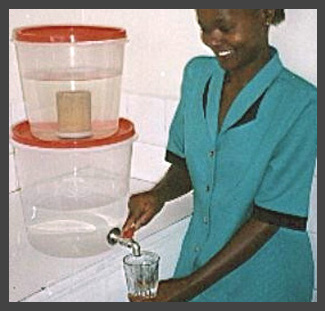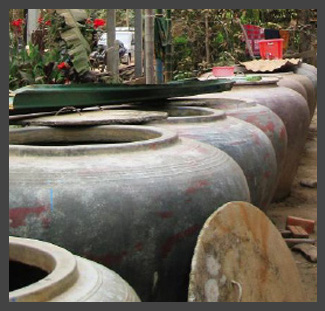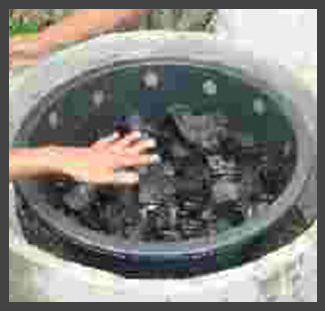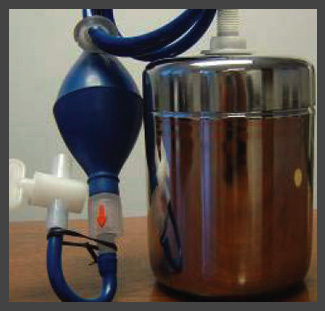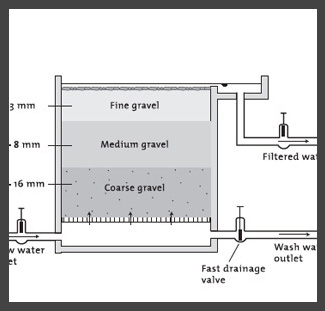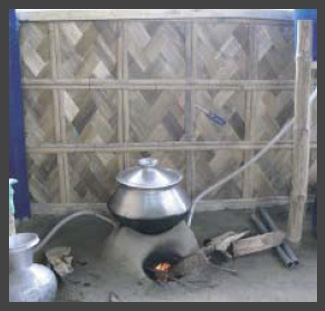Difference between revisions of "HWTS - Filtration"
From Akvopedia
| Line 3: | Line 3: | ||
{|border="1" cellspacing="0" | {|border="1" cellspacing="0" | ||
| − | |||
| − | |||
|- | |- | ||
|[[Image:straining icon.png|center|link=http://akvo.org/wiki/index.php/Straining_%28fabric_or_micro%29]] | |[[Image:straining icon.png|center|link=http://akvo.org/wiki/index.php/Straining_%28fabric_or_micro%29]] | ||
| Line 23: | Line 21: | ||
|<div class="center" style="width:auto; margin-left:auto; margin-right:auto;">[[Kisii filter bucket]]</div> | |<div class="center" style="width:auto; margin-left:auto; margin-right:auto;">[[Kisii filter bucket]]</div> | ||
|<div class="center" style="width:auto; margin-left:auto; margin-right:auto;">[[Arsenic filter]]</div> | |<div class="center" style="width:auto; margin-left:auto; margin-right:auto;">[[Arsenic filter]]</div> | ||
| + | |} | ||
| + | |||
| + | |||
| + | {|border="1" cellspacing="0" | ||
|- | |- | ||
|[[Image:iron filter icon.png|center|link=http://akvo.org/wiki/index.php/Iron_filter]] | |[[Image:iron filter icon.png|center|link=http://akvo.org/wiki/index.php/Iron_filter]] | ||
| Line 41: | Line 43: | ||
|<div class="center" style="width:auto; margin-left:auto; margin-right:auto;">[[Siphon filter]]</div> | |<div class="center" style="width:auto; margin-left:auto; margin-right:auto;">[[Siphon filter]]</div> | ||
|<div class="center" style="width:auto; margin-left:auto; margin-right:auto;">[[Concrete Biosand Filter]]</div> | |<div class="center" style="width:auto; margin-left:auto; margin-right:auto;">[[Concrete Biosand Filter]]</div> | ||
| + | |} | ||
| + | |||
| + | |||
| + | {|border="1" cellspacing="0" | ||
|- | |- | ||
|[[Image:Icon_biosand.png|center|link=http://akvo.org/wiki/index.php/Slow_Sand_Filter]] | |[[Image:Icon_biosand.png|center|link=http://akvo.org/wiki/index.php/Slow_Sand_Filter]] | ||
Revision as of 22:03, 9 November 2012
Household water treatment and safe storage (HWTS) has emerged as a viable solution for small and large populations, especially in rural areas. HWTS interventions can lead to dramatic improvements in drinking water quality and reductions in diarrhoeal disease, making an immediate difference to the lives of those who rely on water from polluted rivers, lakes and, in some cases, unsafe wells or piped water supplies.
HTWS filtration links
- To accelerate health gains to those without reliable access to safe drinking water, WHO established the International Network to Promote HWTS in 2003. The informal network format optimizes flexibility, participation and creativity to support coordinated action. The Network.
- Managing water in the home: accelerated health gains from improved water supply. WHO.



